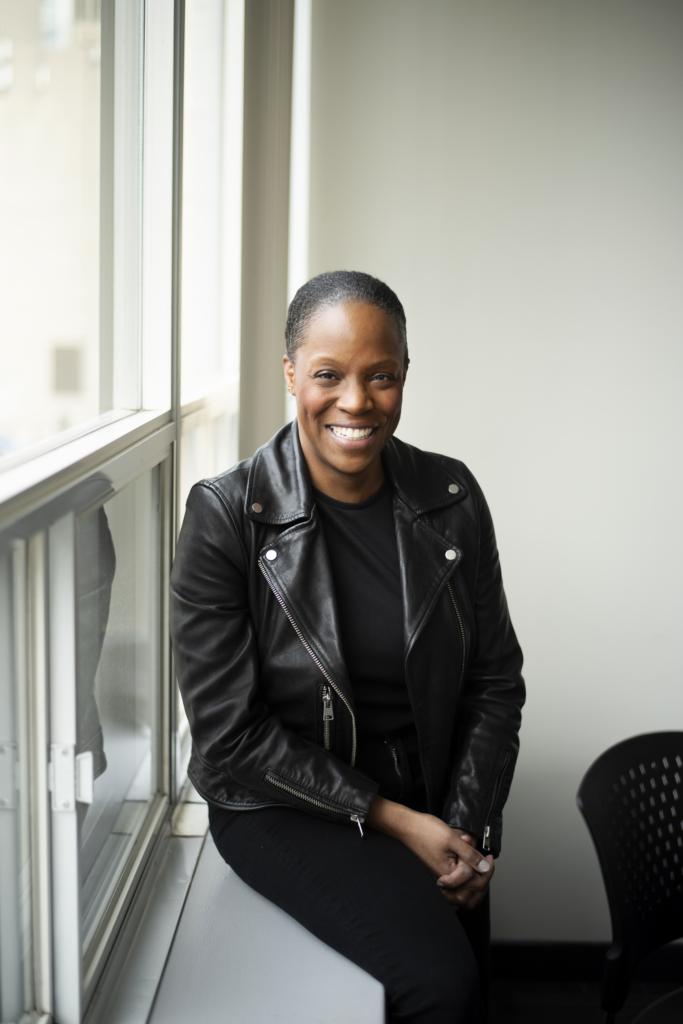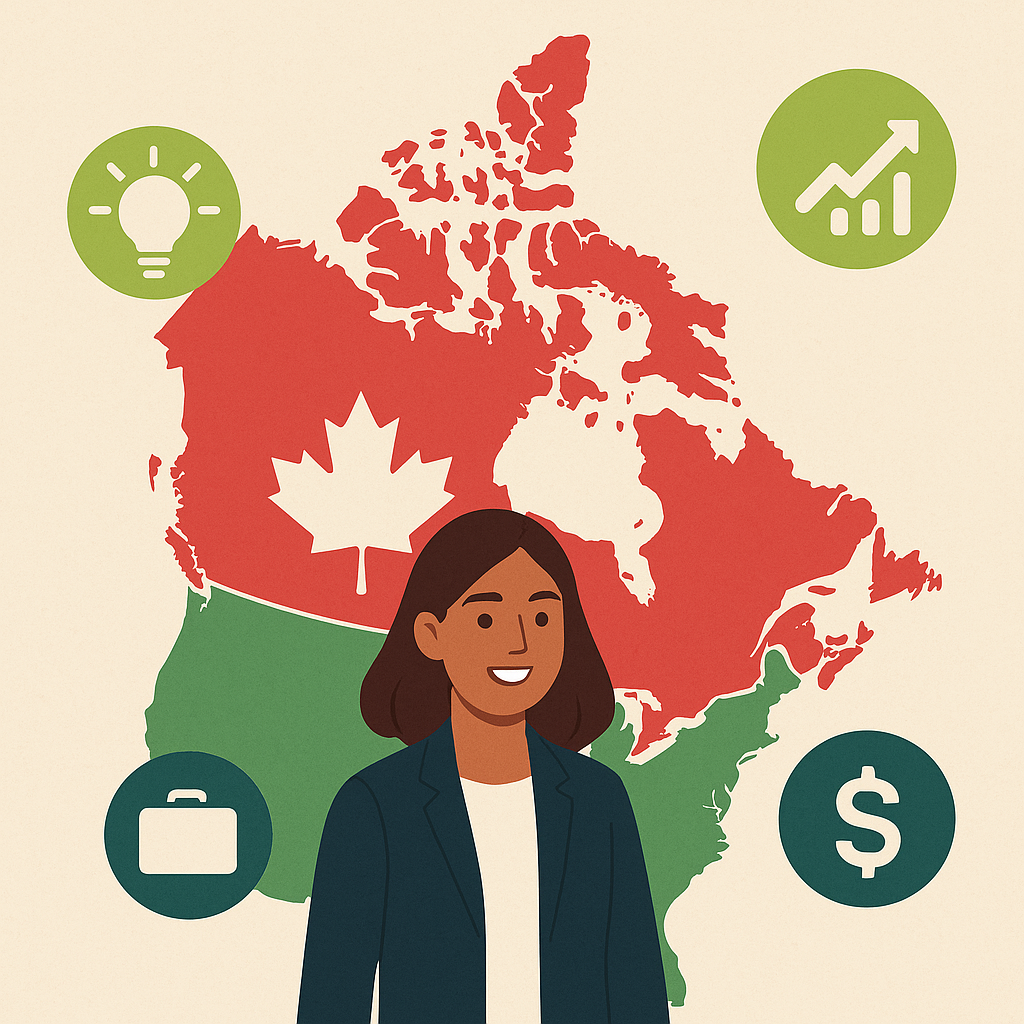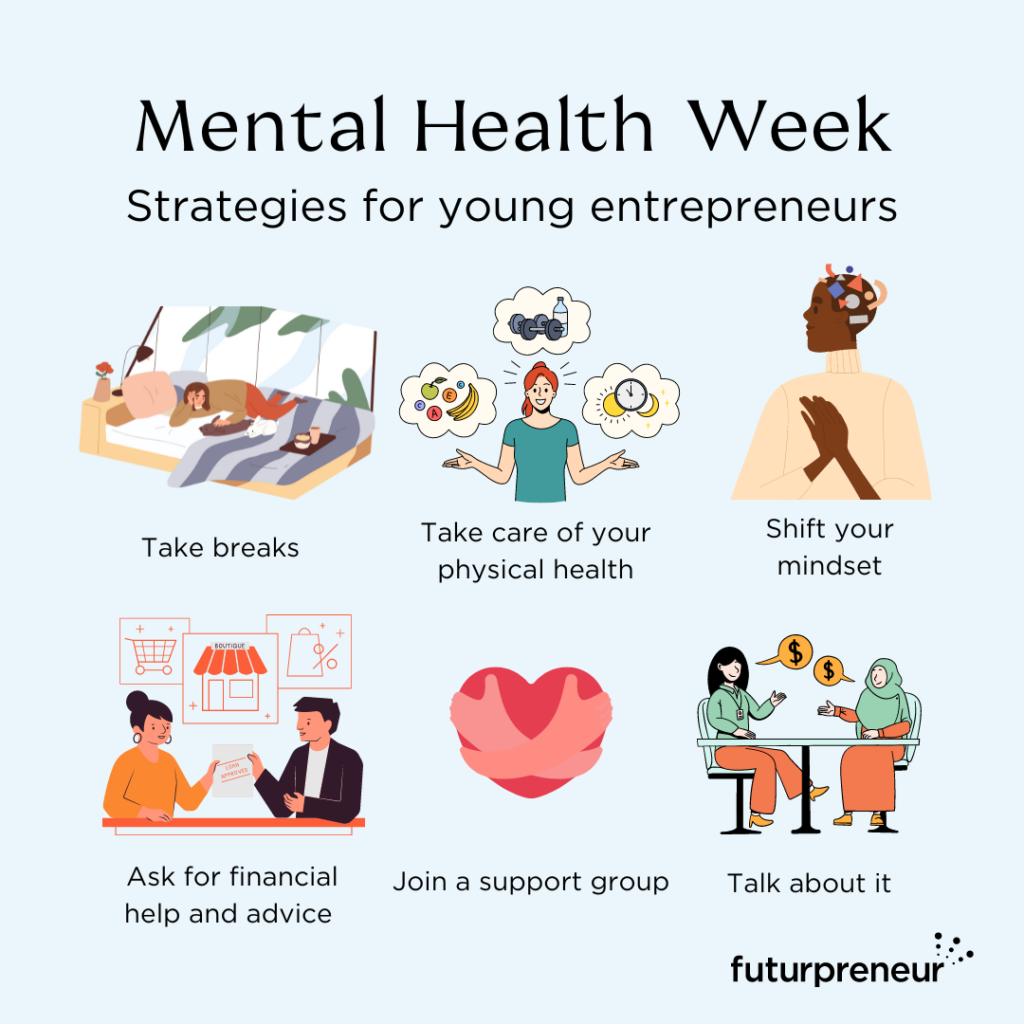
- Entrepreneurship
Creating an inclusive entrepreneurial ecosystem: Lessons from Kim Auclair
Entrepreneurship should be accessible to everyone, yet many aspiring business owners who are deaf or hard of hearing still face significant barriers. From communication challenges to accessing funding and mentorship, these entrepreneurs often navigate a world not designed with their needs in mind.
Kim Auclair, originally from Quebec City and living in Shawinigan, Quebec since 2023, is an entrepreneur with over 20 years of experience in web communication and media strategy. She has personally faced these challenges. Kim has dedicated her career to helping businesses enhance their visibility while ensuring accessibility remains central to the entrepreneurial conversation. Born with severe to profound deafness, she received a cochlear implant in 2019—an experience that reinforced her belief that disability should never be a barrier to entrepreneurship. Through her work, she develops tailored communication strategies for her clients and advocates for an entrepreneurial ecosystem where accessibility and innovation go hand in hand.
Understanding the barriers
Before making entrepreneurship more accessible, it’s essential to identify the key challenges faced by deaf and hard-of-hearing entrepreneurs, as highlighted by Kim:
- Communication barriers: Many traditional networking events, workshops and mentoring programs rely heavily on verbal communication, making them less accessible.
- Limited access to funding: Many financial institutions and investment programs are not well-equipped to assess and support businesses led by deaf and hard-of-hearing entrepreneurs.
- Lack of awareness and representation: Deaf and hard-of-hearing entrepreneurs often encounter misconceptions about their abilities, leading to missed opportunities and exclusion from business networks.
- Technology and accessibility needs: Many business management tools, training platforms and incubator programs are not designed with accessibility features such as captioning, sign language interpretation or text-based alternatives.
Kim’s perspective on inclusive entrepreneurship
Having personally faced these challenges, Kim emphasizes the importance of adapting strategies to achieve success. Here are her recommendations for building a more accessible entrepreneurial ecosystem:
1. Accessible communication is essential
Kim highlights how access to communication tools transformed her ability to build relationships in business.
She recommends:
- Using captions and sign language interpretation for meetings and online events.
- Employing flexible communication methods, such as emails, video calls with captions and accessible digital platforms.
- Adopting inclusive practices, like asking individuals about their preferred communication mode instead of making assumptions.
2. Adapting mentorship and networking opportunities
Kim attributes much of her success to mentorship but acknowledges that traditional mentorship structures often exclude deaf entrepreneurs. To create a more inclusive environment, she suggests:
- Connecting with mentors who understand accessibility needs and are open to diverse communication styles.
- Offering written or recorded guidance rather than relying solely on in-person meetings.
- Adding accessibility features to networking events, such as name tags for easy identification, short and visual instructions about event logistics, pre-shared agendas and post-event written summaries in blogs or PDFs.
- Ensuring that networking events incorporate captions, sign language interpreters and text-based engagement options to foster inclusivity.
3. Ensuring better access to funding
Kim has faced difficulties securing funding due to a lack of awareness among investors regarding accessibility challenges. To improve access to financial resources, she proposes:
- Providing alternative pitching methods, such as written proposals or pre-recorded captioned presentations.
- Raising awareness among investors and financial institutions about the realities of entrepreneurs with disabilities.
- Using simple language or visual explanations to make financial concepts more accessible.
- Developing more inclusive funding application processes that do not rely solely on verbal presentations.
4. Representation makes a difference
A key takeaway from Kim’s journey is that visibility and advocacy are crucial for long-term change. She believes more stories of deaf entrepreneurs need to be highlighted in mainstream business discussions.
She suggests:
- Showcasing deaf entrepreneurs’ success stories in blogs, conferences and digital campaigns.
- Integrating accessibility training into business incubator and accelerator programs.
- Strengthening collaboration with organizations led by people with disabilities to share best practices and build stronger support networks.
5. Technology as a tool for accessibility
Throughout her career, Kim has leveraged technology to bridge accessibility gaps. She recommends utilizing:
- Speech-to-text apps like Otter.ai or live transcriptions or subtitles during Zoom meetings.
- Video relay services (VRS), when collaborating with Deaf individuals who use Quebec Sign Language (LSQ)—a language Kim understands, partially, but does not speak fluently.
- AI-powered transcription tools for seamless communication in business settings.
Building a more inclusive future
Kim’s experience demonstrates that creating an inclusive entrepreneurial ecosystem is not just about removing obstacles—it is about creating an environment where every entrepreneur, regardless of their challenges, can thrive.
She reminds us that accessibility is not an individual responsibility but a collective one. The goal is not just to improve access for deaf entrepreneurs, but to build a truly inclusive business world for all, recognizing and accommodating the diverse needs of entrepreneurs. The faster we take action, the closer we get to a future where entrepreneurial success is driven by innovation and talent—not by the absence of accessibility barriers.
If you’re a young entrepreneur looking for support, learn more about Futurpreneur’s loan with mentorship and resources to get started on your entrepreneurial journey.



